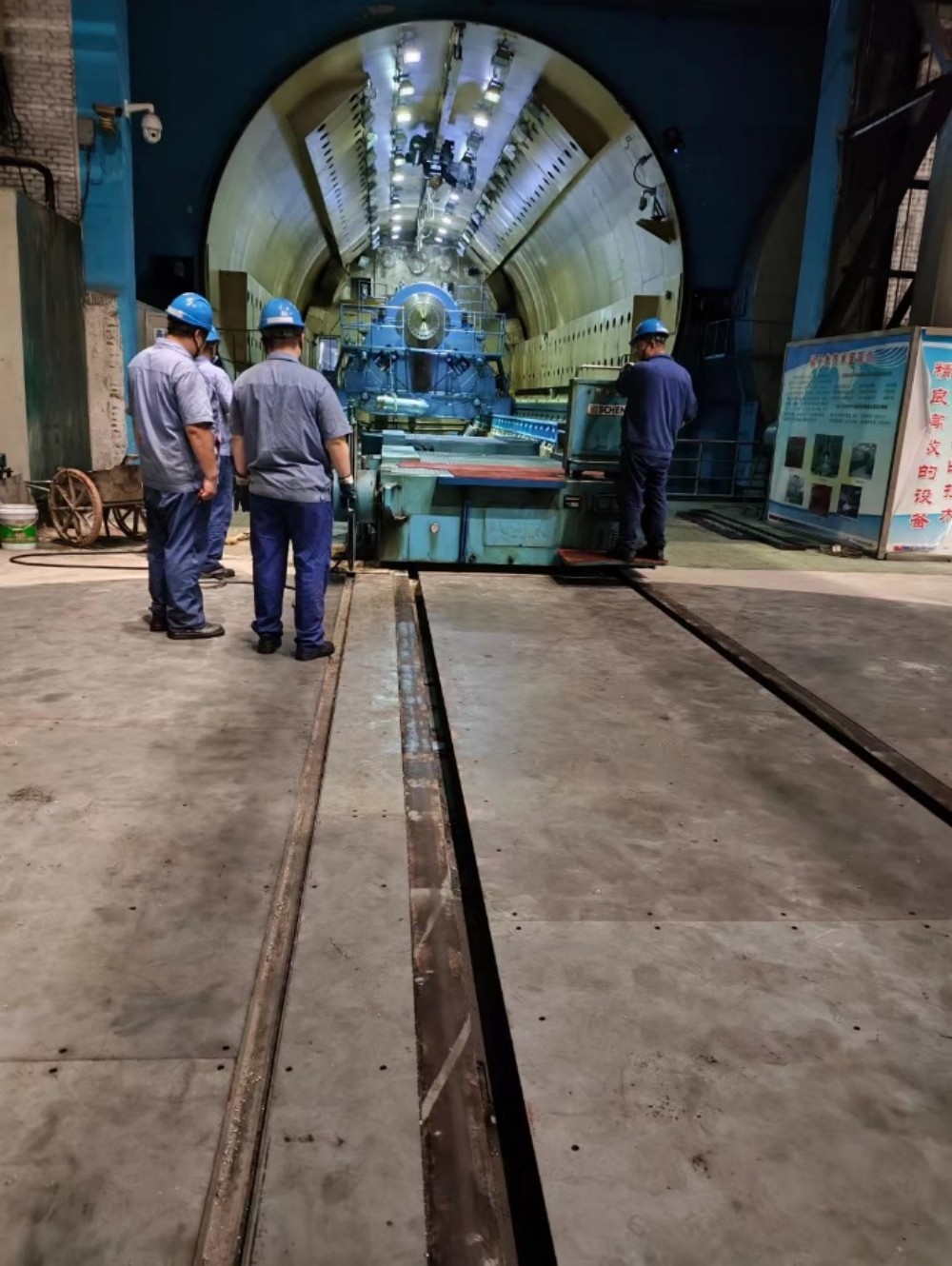When it comes to construction materials, the choice between brick and concrete is a common dilemma. Both materials have their own set of advantages and disadvantages, but one crucial factor that often influences decision-making is cost. In this blog post, we will delve into a detailed analysis to determine which material, brick or concrete, is cheaper in various scenarios.
- Initial Cost:
The initial cost of construction materials plays a significant role in decision-making. Concrete, being a mass-produced material, generally has a lower initial cost compared to brick. The cost of bricks can vary depending on factors such as quality, size, and design. However, it is important to consider the overall project requirements and the lifespan of the structure before solely focusing on the initial cost. - Longevity and Maintenance:
While concrete may have a lower initial cost, the longevity and maintenance requirements of both materials must be taken into account. Bricks are known for their durability and can withstand extreme weather conditions, making them a cost-effective choice in the long run. Concrete structures, on the other hand, may require regular maintenance and repairs, which can add to the overall cost over time. - Energy Efficiency:
Energy efficiency is a crucial aspect to consider, especially in today's environmentally conscious world. Bricks have excellent thermal insulation properties, reducing the need for excessive heating or cooling systems. This can result in significant energy savings and lower utility bills. Concrete, although not as efficient as bricks, can still provide decent insulation when combined with appropriate insulation materials. - Construction Time and Labor Costs:
The construction time and associated labor costs can greatly impact the overall project budget. Concrete structures are typically faster to construct due to the availability of precast elements and large-scale production techniques. This can result in lower labor costs and shorter project timelines. However, brick construction, although time-consuming, can provide unique design opportunities and aesthetic appeal, which may outweigh the additional labor costs for some projects. - Environmental Impact:
In recent years, the environmental impact of construction materials has gained significant attention. Bricks, being made from natural clay and shale, have a lower carbon footprint compared to concrete, which requires the extraction of limestone and the use of energy-intensive kilns. Choosing environmentally friendly materials can positively impact the overall sustainability of a project.
Conclusion:
After a comprehensive analysis, it is evident that determining which material, brick or concrete, is cheaper depends on various factors such as initial cost, longevity, maintenance, energy efficiency, construction time, labor costs, and environmental impact. Each material has its own advantages and disadvantages, and the final decision should be based on the specific requirements of the project. It is crucial to consider the long-term cost implications and the overall quality and sustainability of the structure.



More Stories
The Versatility of Fiberglass Woven Cloth in Industrial Applications
Top Benefits of Installing Industrial Fire Doors in High-Risk Environments
Why H20 Beams Are Essential for Large-Scale Construction and Infrastructure Projects